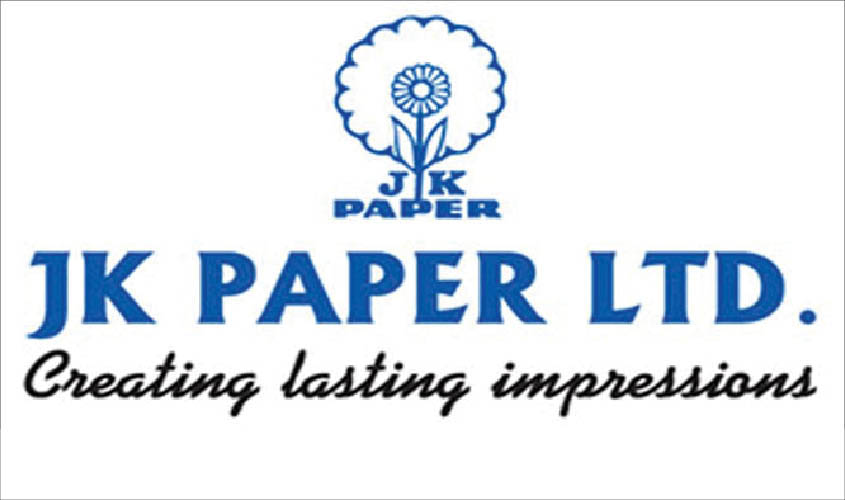The world paper industry is currently facing structural changes due to the digitalisation of businesses, globalisation of industries and redistribution of wealth across the globe. A new competitive business environment is taking shape, ending the dominance of traditional markets and giving rise to new and dynamic playing fields for the world’s paper, tissue and packaging board industry. The world’s three largest paper producing countries—China, US and Japan, collectively account for approximately half of the world’s total paper production. India’s share in the global paper industry is increasing gradually with rising domestic demand, while the demand of the western nations is contracting. The overall paper demand in the country is growing at an annual growth rate of around 7% and is likely to reach approximately 20 million tonnes by 2020.Notably, the per capita consumption of paper in India currently stands at about 13 kg which is substantially lower compared to other developed and developing countries’ global average of 57 kg. However, the per capita consumption in the country is expected to touch about 17 kg in the next few years. India’s paper industry is quite fragmented with existing technologies not up to the mark but the focus is now shifting towards more eco-friendly products and latest technology. The Indian paper industry contributes annually about Rs 4,500 crores to the national exchequer but more importantly it provides employment to over two million people directly and indirectly. The demand drivers for the paper industry includes rising income levels, growing per capita expenditure, likely pick up of the education sector, requirement of better quality packaging of FMCG products marketed through organised retail and increasing preference for ready-to-eat foods. On the other hand, the challenges include access to quality and cost competitive raw material, competition from imports and technology obsolescence. The availability of raw material has always been a matter of concern for the paper industry with the current demand of 11 million TPA for pulp wood, the domestic availability is only 9 million TPA. The industry has been requesting the government
Rajiv Kapoor is a share broker, certified mutual fund expert and MDRT insurance agent.

